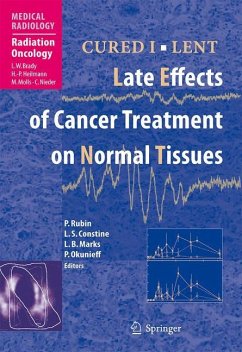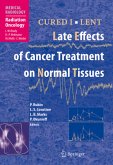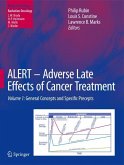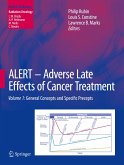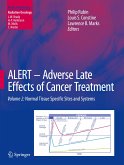The rapid advances in radiation oncology, radiation biology, and radiation therapy physics have led to an accumulation of information on the interactions of radiation with other therapeutic modalities, such as the wide array of chemotherapeutic agents being employed in combination with radiation therapy, as well as the multiple biologic response modi? ers that are being used in combination with radiation therapy. It is now recognized that they have a signi? cant impact on normal tissue toxicities. The radiation doses customarily deemed safe on the basis of past experience have now, when combined with other modalities, led to severe late effects in different vital organs. The previously de? ned radiation tolerance dosages remain as valuable guides, but their applicability has changed signi? cantly. The emphasis is now placed on the volume of the organ irradiated, as well as the dose being used. New constructs rel- ing global (whole organ) and focal (partial volume) injury as a function of the dose volume histogram emerge as a signi? cant predictor of late effects on normal tissues. There are now mathematical models such as the model on standard dose, time-dose factors, and accumulated radiation effects that have been supplanted by linear-q- dratic equations using the alpha/beta ratio and its clinical applicability to normal tissue complications. This volume presents contemporary data relating to late effects on normal tissues.
From the reviews:
"This book provides a basic science understanding of the processes behind the side effects of radiation. ... is appropriate for residents, clinicians, radiobiologists, and medical physicists as it addresses the fundamentals necessary for a firm understanding of radiation sequelae. ... The color pictures, graphs, diagrams, and tables beautifully illustrate the main concepts of each chapter. ... Chapters outline the guidelines and models for researchers and clinicians ... . should be in the library of every radiation oncology department." (Ann Pittier, Doody's Review Service, August, 2008)
"This book provides a basic science understanding of the processes behind the side effects of radiation. ... is appropriate for residents, clinicians, radiobiologists, and medical physicists as it addresses the fundamentals necessary for a firm understanding of radiation sequelae. ... The color pictures, graphs, diagrams, and tables beautifully illustrate the main concepts of each chapter. ... Chapters outline the guidelines and models for researchers and clinicians ... . should be in the library of every radiation oncology department." (Ann Pittier, Doody's Review Service, August, 2008)

